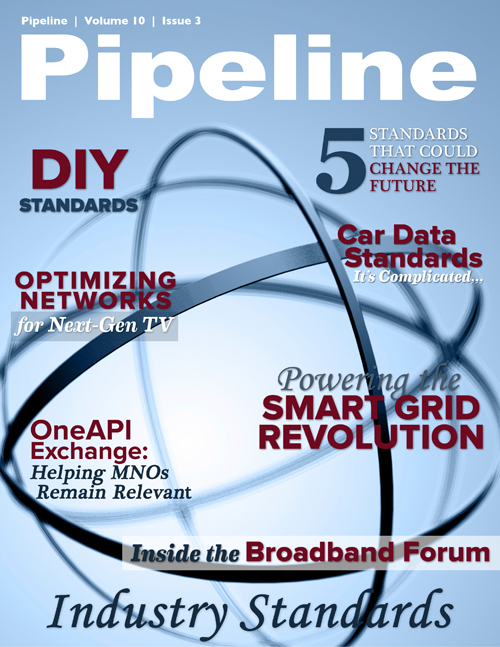Inside the Broadband Forum: Engineering the Multiservice Architecture
By: Robin Mersh

Network access has evolved over the past 20 years from just a simple internet offering to the current rush of services and applications, numerous speed and performance requirements and a variety of core and local access methods. Fixed-mobile convergence (FMC), the cloud and virtualization are new buzzwords that bring with them a host of new requirements and opportunities. These exciting and revolutionary applications open up a range of experiences for the consumer and require a much more dynamic and robust network.
With such a vast array of broadband technologies in existence, it is increasingly important to develop methods that ensure harmonious operations. The motivations for the introduction of multiservice architectures derive from the need to allow all of these different access technologies the capability to operate over a common, simplified network architecture.
The Broadband Forum, the global consortium dedicated to the development of architecture, management and testing specifications, has been driving the evolution of broadband network architecture for over a decade. Based on service policies, it has identified the increased need for bandwidth in combination with quality of service (QoS) and created reference architectures for multiservice broadband networks. The Forum’s work defines high-level network requirements and specifies functional modules to meet those requirements.
Adapting to multiservice landscapes
The Broadband Forum recognizes the issues commonly faced by network operators when migrating their services to a multiplatform offering. Interoperability testing and certification programs developed by the Forum are key to developing a vigorous multivendor, multitechnology environment, and are increasingly important for service providers and their customers. But other issues hinder the development of access evolution, and include the need to provide multiservice support across different broadband-access infrastructures and to adapt to new business requirements and service models.Some of the requirements for this work include:
- multiservice support for residential, business, retail, wholesale, fixed, mobile, and emerging cloud/virtualized services over a common network architecture;
- a simplified network architecture that is free from migration constraints and has an end-to-end architecture based on IP/MPLS and Ethernet;
- multiaccess technology support, including xDSL, Ethernet, xPON, wireless microwave, legacy voice, wavelength access for business customers, and time-division multiplexing (TDM) circuits;
- multiedge support, i.e., the ability to source traffic to an individual subscriber from multiple service edges;
- enhanced scalability via the distribution of IP edge nodes closer to customers, allowing the connection of more customers through an aggregation network.





















